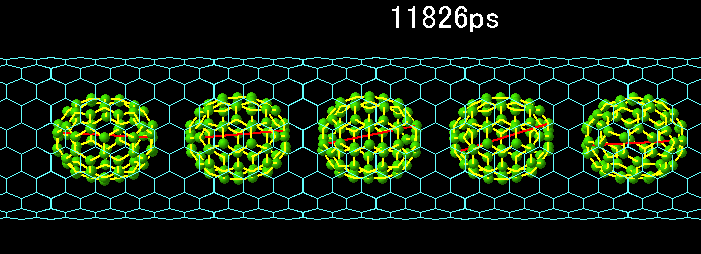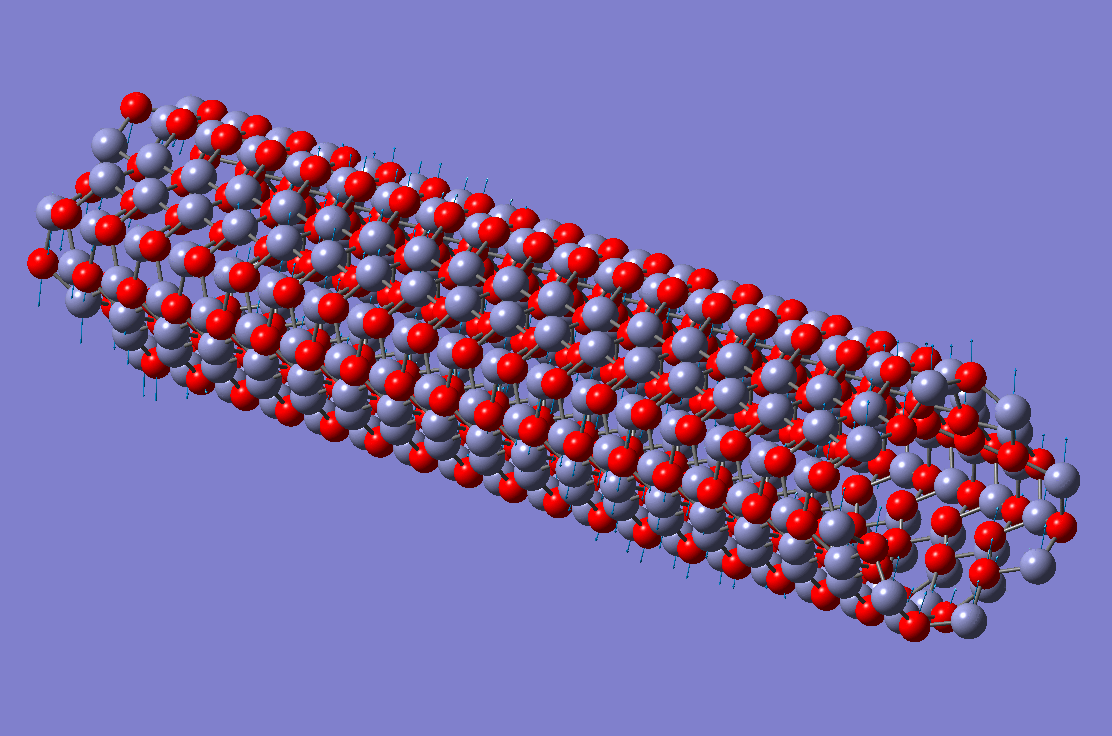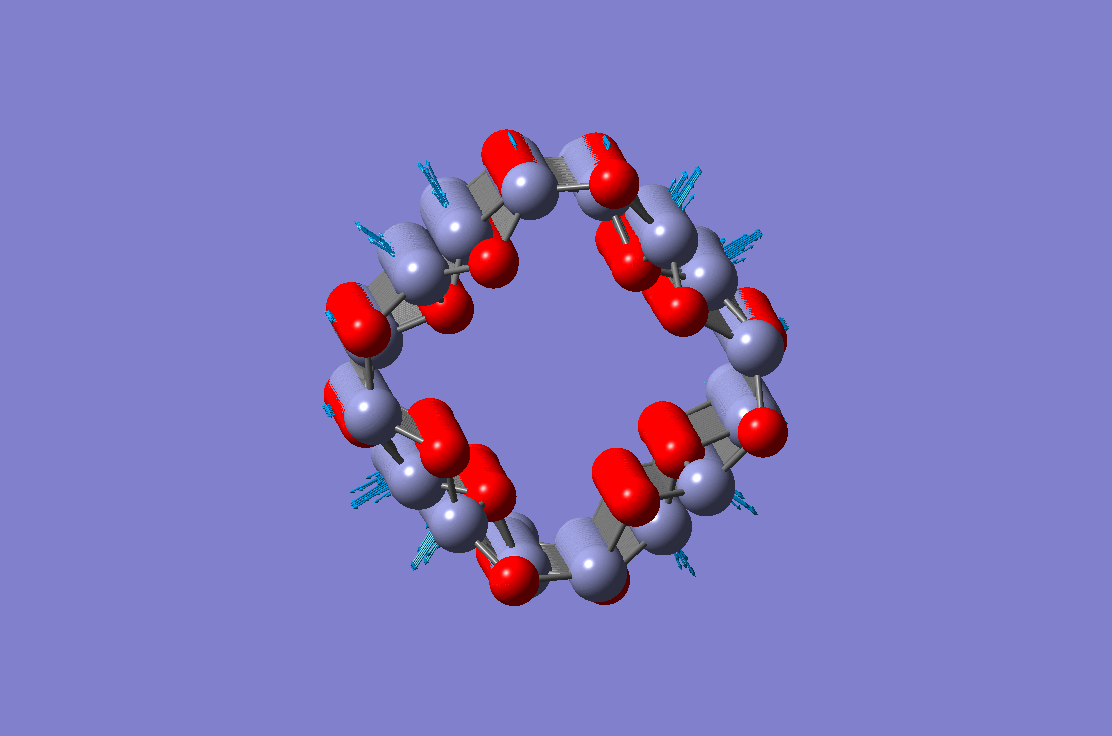_Part of the process (discharging) for electric nanotubes
(hollow CNTs multi-layered carbon nanotubes) energy storage with a high ratio of limited on-off current
Researcher and author: Dr. ( Afshin Rashid)

Note: Graphene has outstanding nano-electronic features, very high electron mobility, and unique nano-scale conductivity. It is a super conductor that transfers electrons ten times faster than silicon. And it plays a significant role in increasing the electronic conductivity with Ga graphene in CNTs multi-layer carbon nanotubes.
In order to increase the electronic conductivity by bonding Ga graphene in carbon nanotubes, a lot of hydrogen can be stored in nanotubes for energy and fuel cell applications. have become superconductive. The radius of these superconducting nanotubes is only 6.4 nanometers. Phase transition in one or two dimensional systems where room temperature superconductivity can be found in carbon nanotubes and graphene particles and room temperature superconductivity in them. When the liquid passes through coils of single-walled carbon nanotubes, an electric voltage is generated. This technique is used to make liquid flow sensors to detect very small amounts of liquids and also to generate voltage in biomedical applications. Also, liquids with high ionic strength produce more voltage .

Because multi-layer carbon nanotubes of CNTs are hollow, it is possible to put foreign materials inside them. So, by placing Ga graphene inside it, both electrical properties can be improved and energy storage can be done. has limited the use of Ga graphene for some applications such as digital swages with a high on-off current ratio, fortunately the stimulation of quantum confinement and edge effects in graphene nanoribbons with uniform, small width edges (GNRs) and controllable, this defect in increasing the electronic conductivity with Ga graphene in carbon nanotubes Nano carbon tube covers multilayered CNTs . Graphene is a pure carbon-based material. Graphene is a simple, regular and hexagonal structure of carbon but very strong. In terms of electricity, graphene is divided into semi-conductors such as germanium and silicon.

Multi-walled carbon nanotubes consist of graphene layers and have a diameter of about 233 nanometers. The length of this nanotube can vary from a few nanometers to a few micrometers . Chemically modifiable surfaces, large surface area, unique physical properties and melodious length have led to the increase of electronic conductivity with graphene Ga bonding in multi-layer CNTs carbon nanotubes . Usually, in order to improve the electrical properties of some materials such as GCE (carbon glass electrodes) , carbon paste electrodes, graphite electrodes or graphene electrodes, it is possible to increase the electronic conductivity by bonding graphene Ga in carbon nanotubes, multi-layer CNTs . .
Conclusion:
Graphene has outstanding nanoelectronic properties, very high electron mobility and unparalleled conductivity at the nanoscale. It is a super conductor that transfers electrons ten times faster than silicon. And it plays a significant role in increasing the electronic conductivity with Ga graphene in CNTs multi-layer carbon nanotubes.
Researcher and author: Dr. ( Afshin Rashid)
Specialized doctorate in nano-microelectronics


